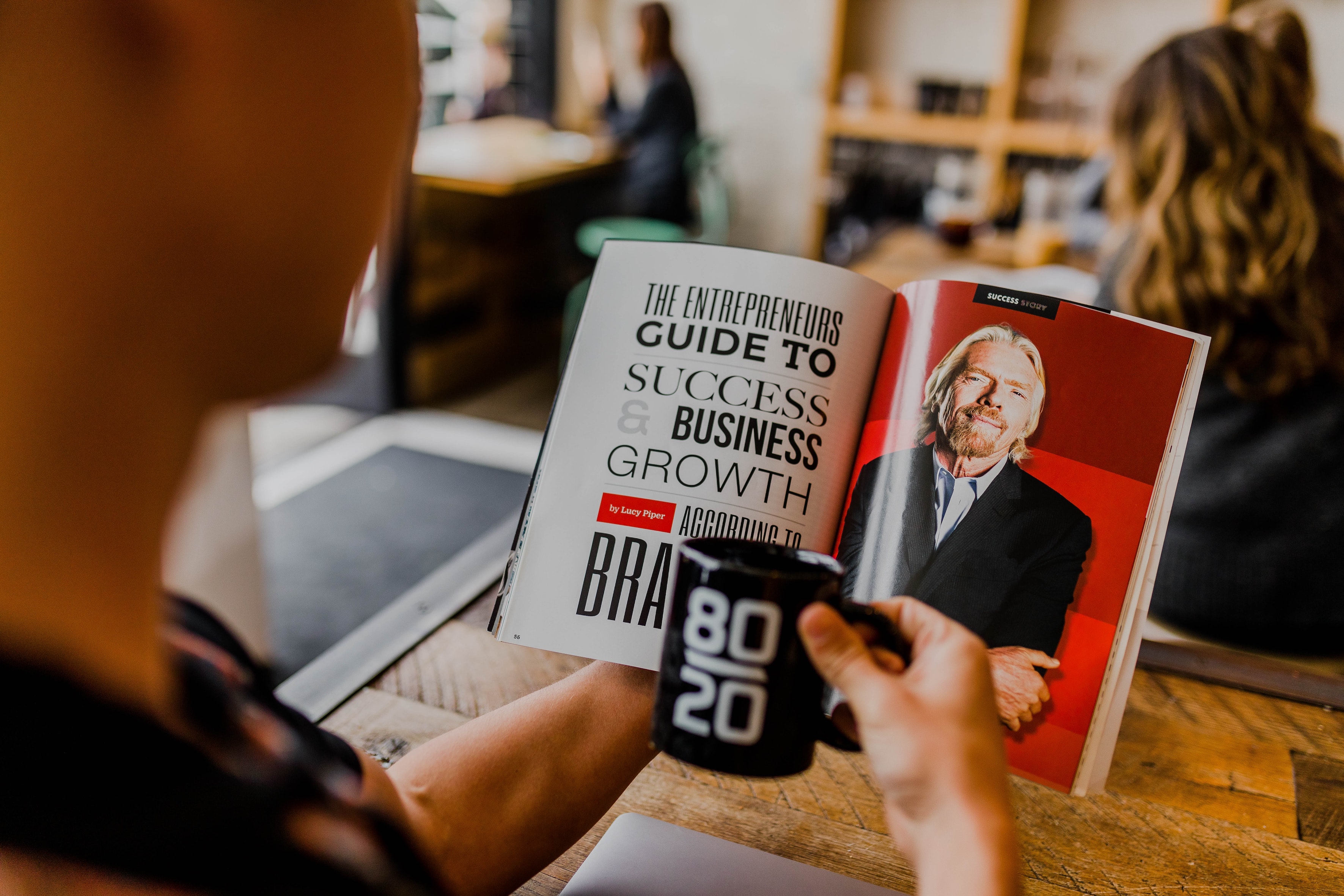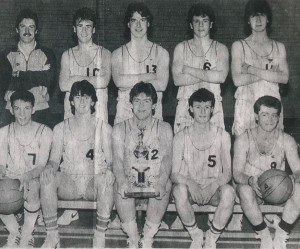The Art of Sales Persuasion: How to Close More Deals
The Art of Sales Persuasion: How to Close More Deals
Have you ever wondered why some salespeople seem to effortlessly close deals while others struggle to convince a prospect to even listen to their pitch? It all comes down to the art of persuasion. Persuasion is the ability to influence someone’s beliefs, attitudes, or actions. In sales, being persuasive can be the difference between closing a deal and losing a customer.
You can tell a good story all day long but the bottom line is that if you can’t close the deal, you’ve got a problem.
I have always believed that to be successful at sales you need to be good at storytelling and influence – where influence equals persuasion.
What is Sales Persuasion?
Persuasion is the process of convincing someone to change their attitude, beliefs, or behavior. In sales, persuasion is used to influence a prospect to take a desired action, such as making a purchase or signing up for a service. Persuasion involves understanding the needs and motivations of the prospect and using that information to tailor your message and approach. It is not about tricking or manipulating someone, but rather building a relationship of trust and providing value.
The Importance of Sales Persuasion
Persuasion is essential in sales because it allows you to overcome objections and close deals. It is not enough to simply present a product or service and hope that the prospect will make a purchase. You need to convince them that what you are offering is the best solution for their needs. This requires the ability to understand the prospect’s pain points and effectively communicate how your product or service can solve their problems.
The Art of Sales Persuasion
The art of persuasion in sales is about building a relationship of trust with the prospect and presenting your product or service in a way that speaks to their needs and desires. Here are some tips on how to master the art of persuasion in sales:
- Listen to the prospect: The first step in being persuasive is to listen to the prospect. Understand their needs and pain points, and use that information to tailor your message. Ask open-ended questions to encourage them to share more about their situation.
The key here is to listen to understand – get infant of your prospect and focus as much on what isn’t being said as what is. Look out for non-0verbal communication cues…posture, eye contact, folded arms…you know the craic. - Build rapport: People buy from people that can help solve the problem they have. Being liked helps but it isn’t the end of the world. Building rapport with the prospect is key to establishing trust. Find common ground and connect on a personal level.
It there is trust between parties you can disagree comfortably or even get to a stage of conflict – thats important when it gets to challenging negotiations. - Provide value: Show the prospect how your product or service can provide value to them. Focus on the benefits rather than the features. Use case studies or examples to illustrate how your product or service has helped others in similar situations.
Provide and demonstrate value – understand your value intimately and be able to show relevance and differentiate between you and competitors. - Use social proof: Social proof is a powerful persuasion tool. Use testimonials, reviews, or case studies to demonstrate that others have had success with your product or service.
Case studies and reference cases – your own research or other peoples research. Written and video if possible. - Address objections: Every prospect will have objections. Anticipate these objections and have responses ready. Addressing objections shows that you understand the prospect’s concerns and are committed to finding a solution that works for them.
In fitness and training, think about pre-hab versus rehab – its better to get your objections out first and cover them off, giving prospects little to challenge you about – but leave them something…don’t try and be perfect. If it sounds too good to be true, it usually isn’t. - Close the deal: Once you have built rapport, provided value, and addressed objections, it’s time to close the deal. Use a strong call-to-action and be clear on the next steps.
I would suggest you consider ‘opening’ instead of ‘closing’ – that is OPEN UP the RELATIONSHIP and seek to go beyond the first successful transaction. Success in sales is about ‘lifetime value’
Sales persuasion is a critical skill that can make or break your success as a salesperson. It requires the ability to build a relationship of trust with the prospect, understand their needs and motivations, and present your product or service in a way that speaks to their desires.
By listening to the prospect, building rapport, providing value, using social proof, addressing objections, and closing the deal, you can become a master of the art of persuasion in sales. Remember, it’s not about tricking or manipulating the prospect, but rather building a relationship of trust and providing value.
Get your head around Emotional Intelligence – if you’re interested in a successful sales career, read the book.
Also check out Robert Cialdini – again, read the book.
Finally Richard Shotton, The Choice Factory – and, yes, read the book.
Thanks for reading







